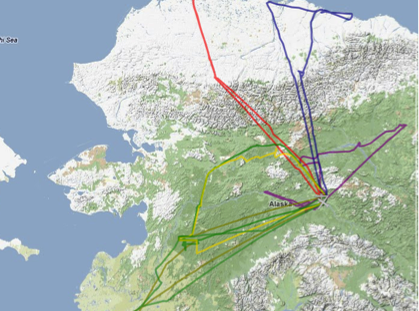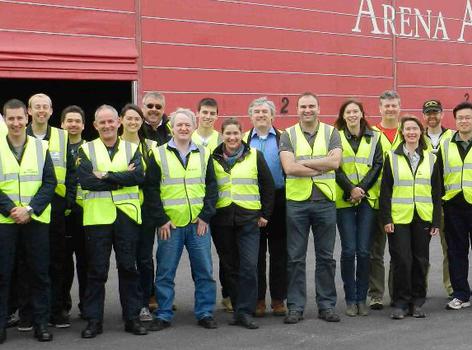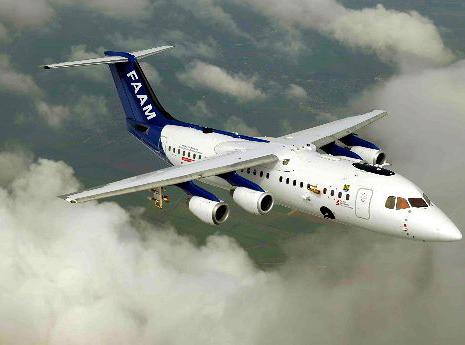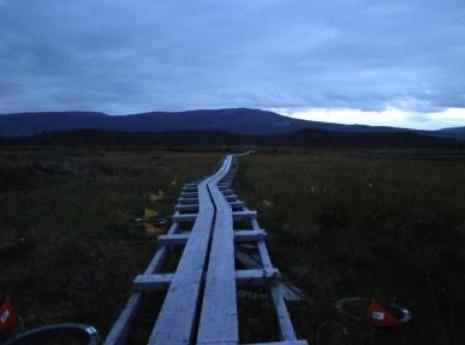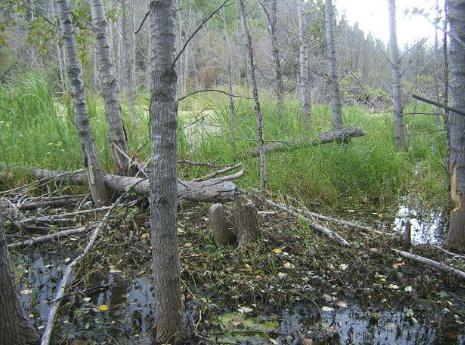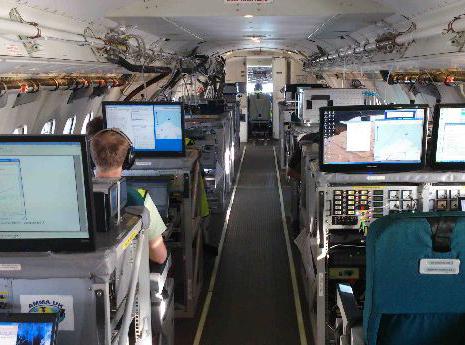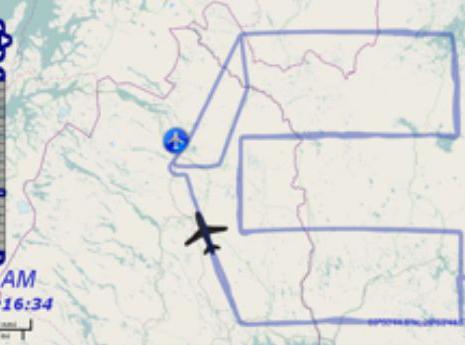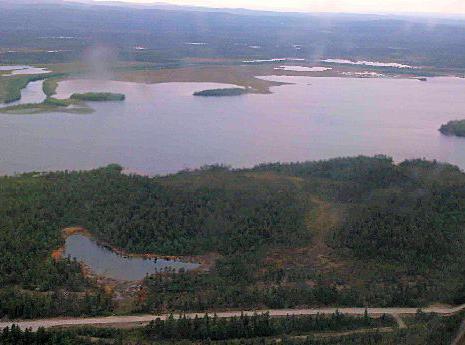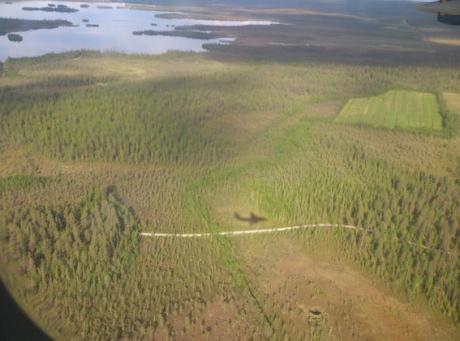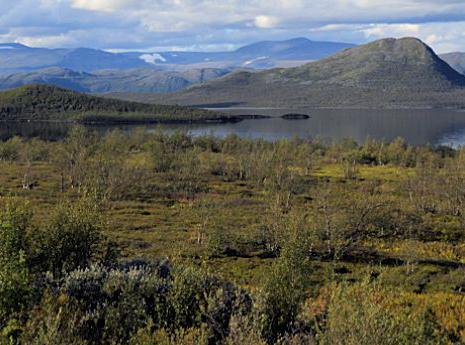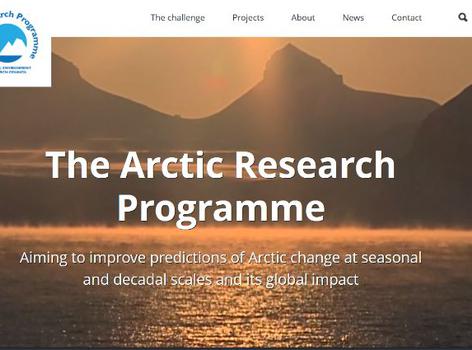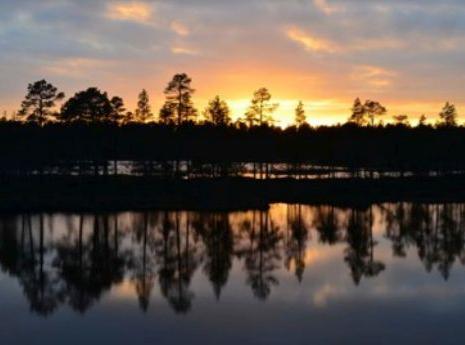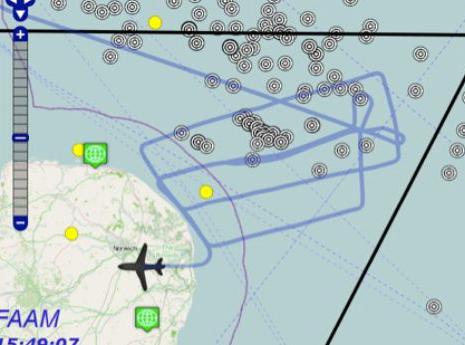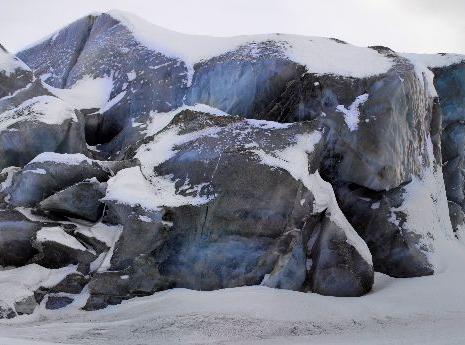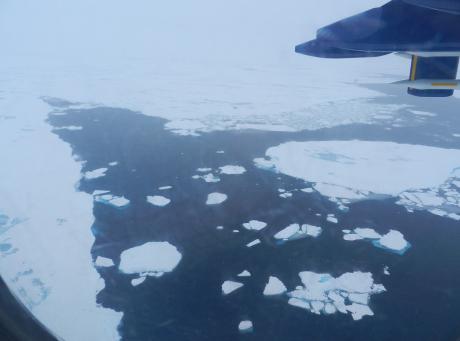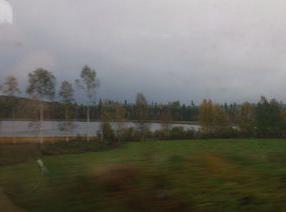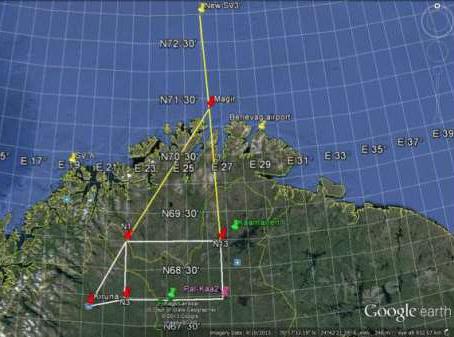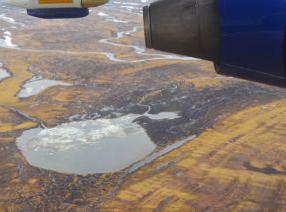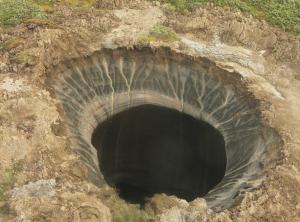Methane and other Greenhouse Gases in the Arctic: Measurements, Process Studies and Modelling (MAMM)
The Arctic is an important source of various greenhouse gases, and particularly methane. This is a short-lived gas which remains in the atmosphere for just nine years, meaning that a reduction in emissions could produce a measurable reduction in atmospheric greenhouse gases very quickly.
MAMM therefore aims to quantify the anthropogenic and natural sources of greenhouse gases – particularly methane – in the Arctic, using data from satellites as well as observations made on the ground and from ships and aircraft.
MAMM
Methane is a potent greenhouse gas present throughout the Arctic and this project is investigating and modelling its sources, its transport and its role in Arctic atmospheric chemistry.
Muonio, Finland
View our interactive mapSome natural sources of methane such as wetlands may exhibit strong positive feedbacks, where warming from greenhouse gas emissions causes even higher emissions. There is also considerable uncertainty surrounding the effect of Arctic Ocean warming on the emission of methane from marine sediments in locations such as the shallow Siberian Seas.
Substantial amounts of submarine permafrost in these areas currently act as methane stores, but warming and permafrost thaw could see this methane released into the atmosphere. Similarly, methane hydrates (crystalline structures occurring in deep-ocean sediments) may release large quantities of methane if the waters overlying them warmed.
It is therefore crucial that Arctic greenhouse gas sources be located and quantified in terms of their capacity, location, temporal variation (seasonal or diurnal) and their vulnerability to change. Feeding MAMM’s findings and results into models of both the atmosphere and of land surface emissions will help place the role of Arctic emissions into larger-scale, global context.
The MAMM team will be using aircraft based in Kiruna, Sweden, which belong to the Facility for Airborne Atmospheric Measurements, a collaborative project between NERC and the UK Met Office. They will also be blogging during their fieldwork in mid-August and mid-September at http://arcticmethane.wordpress.com/.

Professor John Pyle FRS, Lead Investigator
Professor John Pyle is the director of the Centre for Atmospheric Science at the University of Cambridge, a joint venture of the university’s departments of Chemistry, Applied Mathematics and Theoretical Physics, and Geography.
His research involves numerical models which are run on supercomputers to study the current state and evolution of our atmosphere. In the troposphere, the lowest part of the atmosphere, its ability to cleanse itself of pollution and changes in this property are important research topics. Further up, in the stratosphere, the depletion of ozone from both polar regions and the relationship of greenhouse gases to this process are being studied.
More recently, the interactions between atmospheric chemistry and climate have become an important focus of Professor Pyle’s research. His research group have contributed a chemistry package to the UK Met Office’s climate model and found that surface ozone may increase to the point of becoming a health hazard in certain areas.
As well as being the Lead Investigator on the MAMM project, Professor Pyle is also a Co-Investigator on one of the projects affiliated to the Arctic Research Programme entitled 'Is the Arctic Methane Budget Changing'.
Professor Pyle is also involved in the Centre for Science and Policy, an organisation which promotes engagement between scientists and policymakers to their mutual benefit.
View other team members
